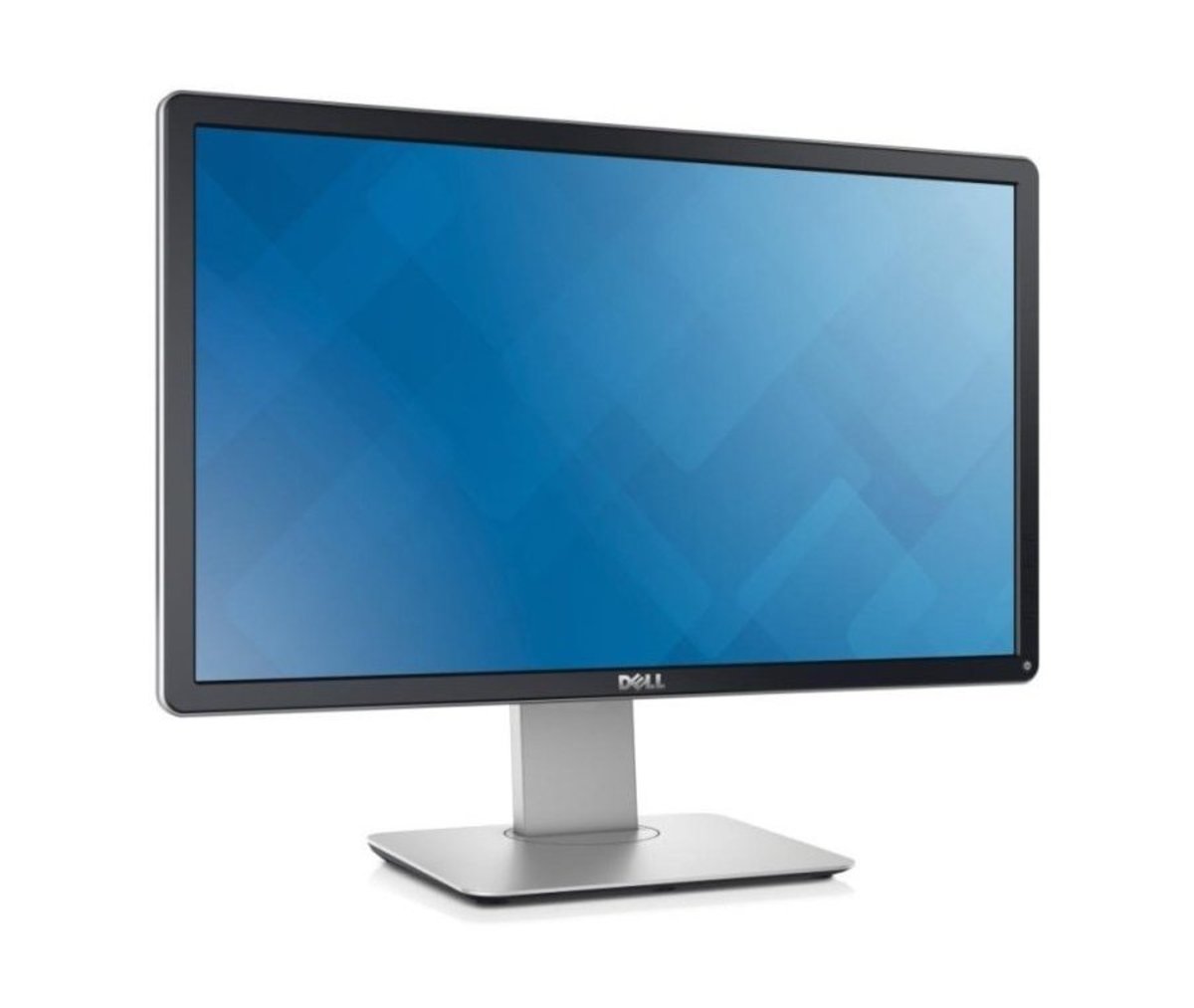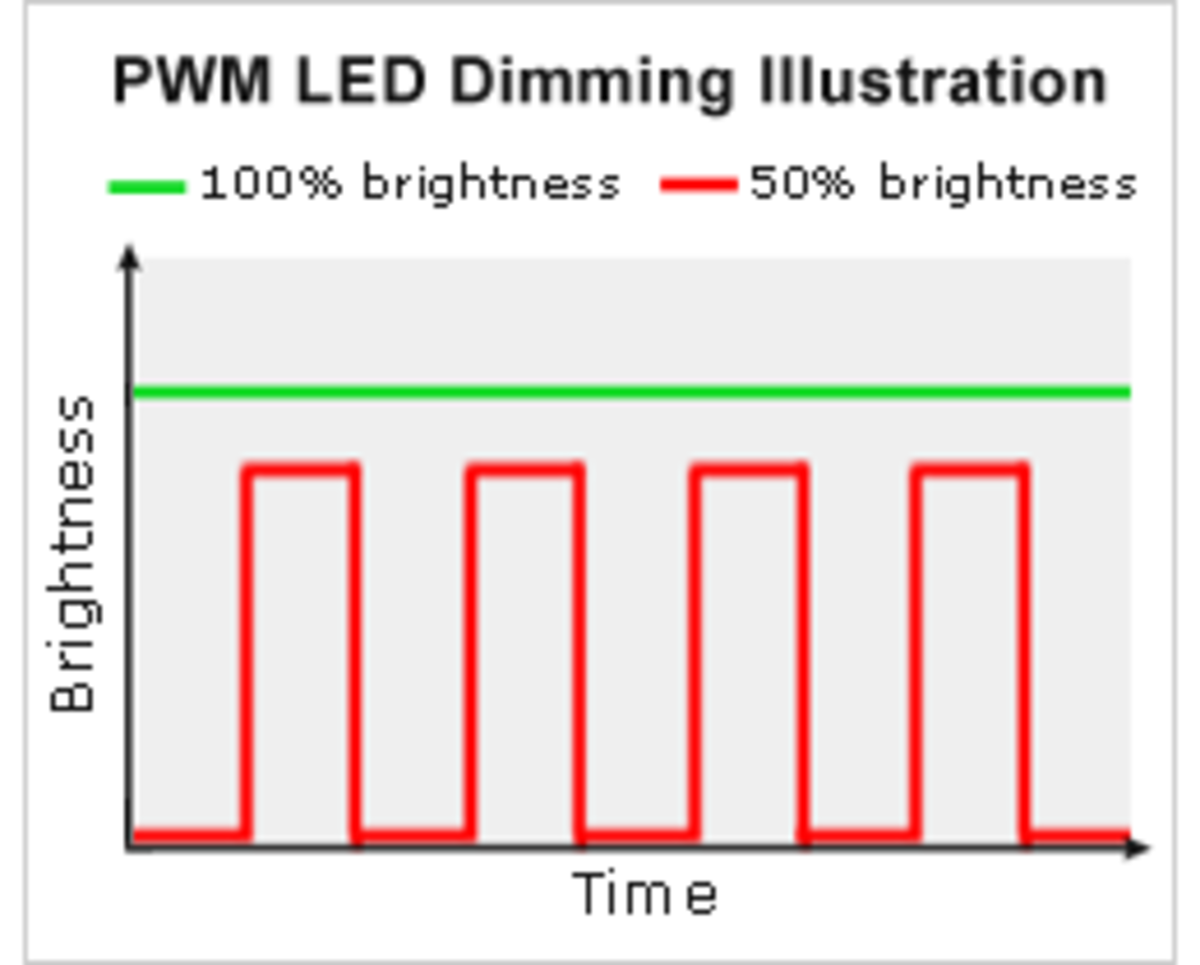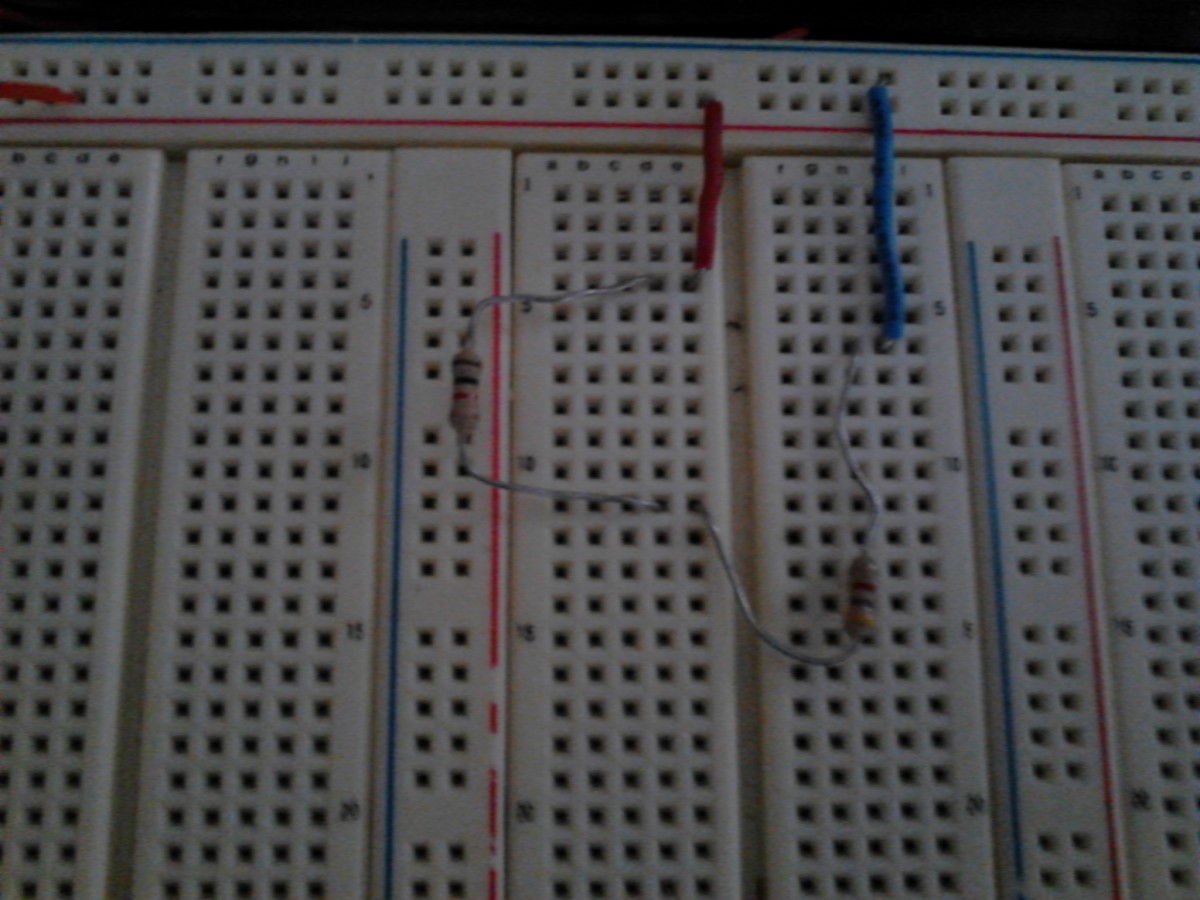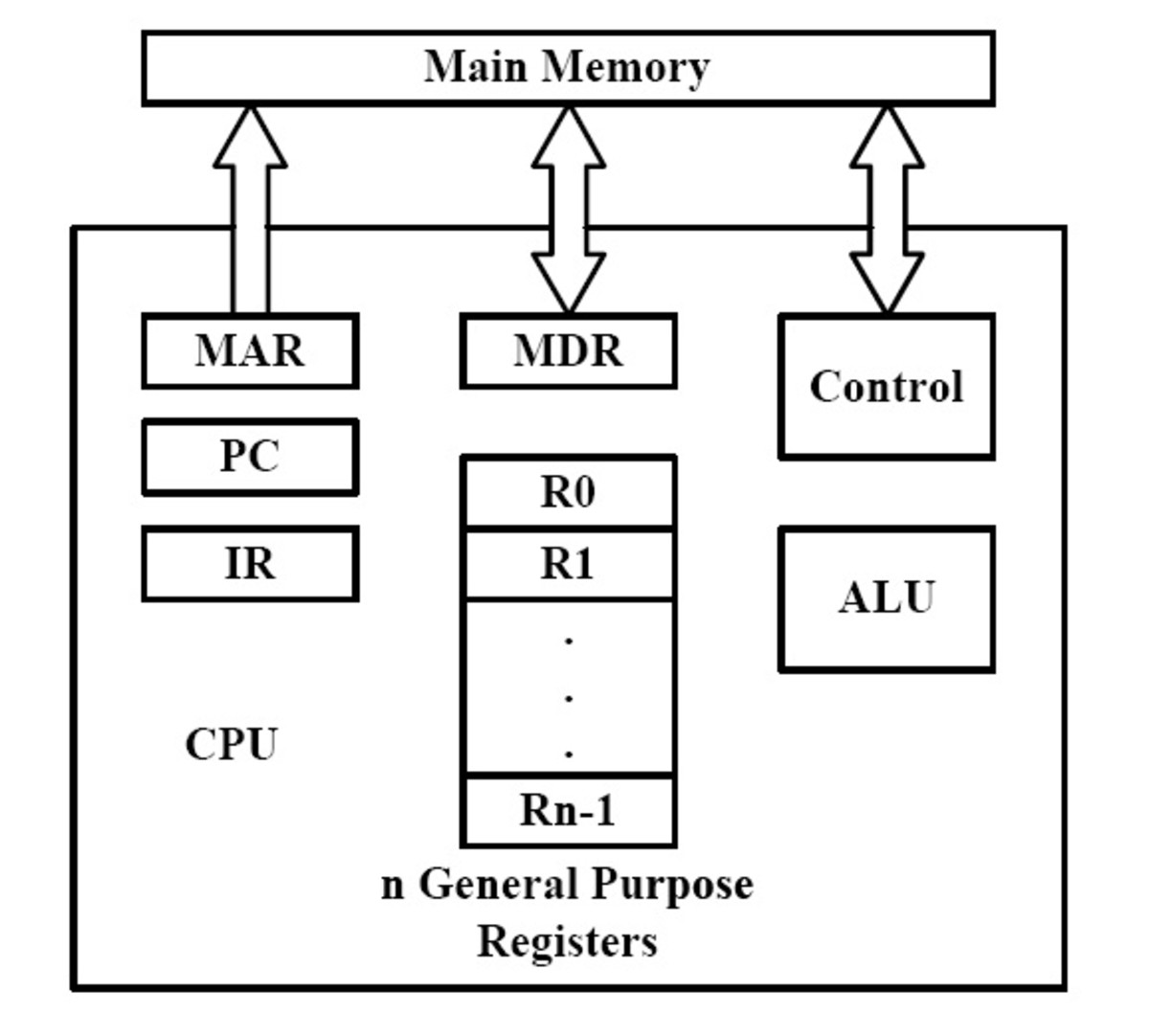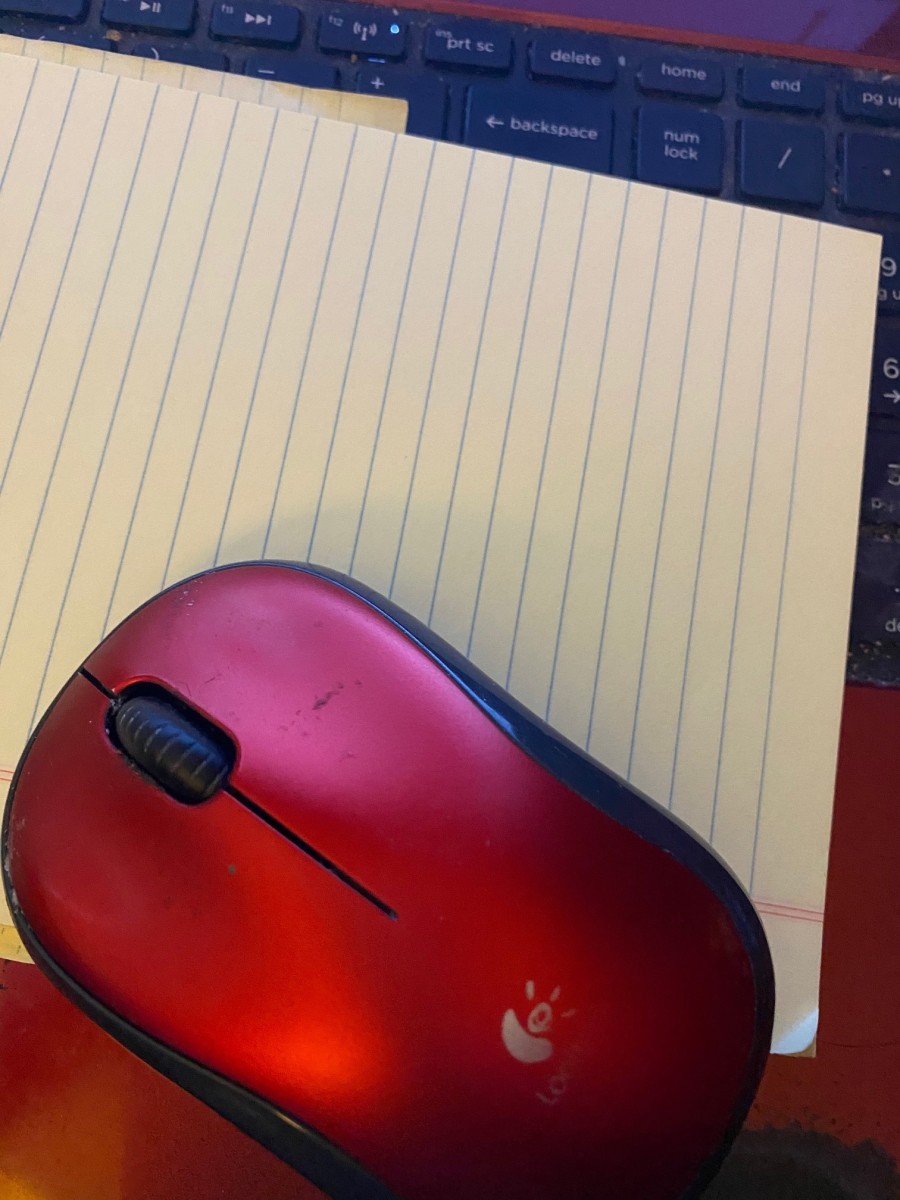- HubPages»
- Technology»
- Computers & Software»
- Computer Hardware
Best Monitors for Photo Editing in 2015

If you are a professional digital artist or photographer, or a serious amateur, you will need a high quality monitor to ensure that what you are actually seeing on the screen reflects the reality of your images.
The ability to reproduce colours faithfully is of the utmost importance, as is the "crispness" of the screen. An IPS screen, which can produce a much wider gamut of colours than the older TN panels is really a necessity. There are several different types of In-Plane Switching panels, with professional IPS (P-IPS) being the best, but also the most expensive.
The resolution of the display determines the sharpness of the image, the recommended resolution depends on the size of the display. 1920x1080 pixels is standard for 24" displays, but starts to look fuzzy on bigger screens. At the moment there is a growing number of 27", and bigger, screens with WQHD (2560x1440) and 4K (3840x2160), and prices are falling.
The size of the monitor will depend on your budget. Obviously it is great to have the extra real estate, and the majority of people would not choose a monitor under 27".
A monitor operating at this level really needs a calibration kit, to make sure the monitor is set up to reproduce colours faithfully.
These monitors are expensive! They are aimed at professionals, rather than people who just like to make a better-looking family album. Expect to pay $500 for an entry-level monitor, or thousands for a really good one.
What to Look for in a Monitor for Photo Editing
- IPS Panels and Colour Gamut: You absolutely have to have an IPS or PLS panel; TN screens simply do not display the range of colours that you will require. There are two different colour standards, or "gamuts" (colour sets mapped in three dimensions), that you need to be aware of. The sRGB gamut is smaller, and the monitor should be able to cover the whole range. Adobe RGB is a wider colour gamut; the best screens can display up to 97% of the Adobe RGB range. A few of the best monitors can display 10-bit colour, increasing the number of simultaneous colours, although to use them you also need a graphics card and software capable of 10-bit colour.
- Resolution: A display size of 1920x1080 is fine for smaller screens (up to 24"); larger screens benefit form a 2560x1440 WQHD or 4K resolutions for a super-crisp image.
- Glossy or Matte Screen: This is somewhat a matter of personal taste. Glossy screens have brighter colours, but the reflections when using them in a well-lit environment can be very annoying.
- Ergonomics: This is important for any monitor, but often overlooked. If you are going to be sitting at your computer for hours every day, it is important that you can adjust the height, swivel and tilt.
- Connectivity: DisplayPorts are not that common yet, but they will probably be used more in the future. HDMI ports could be useful, especially when you are also going to be editing movies.
The Asus 27" Quad HD Monitor
The Asus PB278Q 27" screen is a good choice for people who cannot afford a truly "professional" graphics display. It's a WQHD (wide quad HD) screen, with a resolution of 2560x1440 in a 16:9 aspect ratio. This ensures a very crisp image on the screen.
The panel is PLS, which is Samsung's answer to the IPS panel developed by LG. Colours are vibrant, and the monitor can display 100% of the sRGB spectrum and (according to TechKings) 81% of the Adobe RGB spectrum.
The Asus PB278Q monitor comes with a light anti-glare coating that still allows for bright colour; this compromise is sometimes described as "semi-matte."
The stand is capable of height, tilt, pivot and swivel adjustments; anybody should be able to adjust this monitor into the optimal position on their desktop.
Connections include DisplayPort, DVI and HDMI ports.
ViewSonic 27" PreCalibrated Professional Monitor
The ViewSonic monitor comes with one advantage not found on many displays at this price range, it comes out of the box with factory colour calibration, with the report and colour gamut graphs included. If you don't own calibration equipment this could be a big help.
Other than that this an excellent 27" display with solid build quality, an excellent IPS capable of displaying 1.07 billion colours. The 2560x1440 resolution ensures a sharp picture. Unlike many other screens, there are no complaints from users about dead pixels or trouble with waking from sleep mode when connected via the displayport.
You can do the full range of ergonomic adjustments, changing the pivot, swivel, tilt, and height. The monitor can also be used in portrait mode.
The LCD screen is LED-lit, which uses less power than traditional monitors.
The connection options are diverse, including HDMI, displayport, dual-link DVI and VGA. You will also find 4 USB ports.
Huge: BenQ 32-Inch 4K IPS Monitor for CAD/CAM and Graphics Designers
The BenQ 32" IPS LED-backlight monitor is designed specifically for people working in CAD/CAM and graphic designers. It is not exactly cheap, however, it will still cost you significantly less than some of the other UHD 32" screens.
The BenQ delivers excellent colour fidelity and a wonderful picture. Colour accuracy is particularly good, although the monitor has some trouble performing at the dark end of the grayscale spectrum. It comes with a number of presets, including ones optimised for CAD/CAM work, animations and presentations.
With a response time of 4ms and an input lag of 10 ms it can even double as a gaming monitor.
Connectivity is good with two HDMI inputs, a DisplayPort, mini DisplayPort and a DVI port. It also comes equipped with six USB 3.0 ports and an SD card slot.
You can adjust the monitor's swivel, tilt and height, and change the pivot to portrait mode; the image will automatically rotate to fit the orientation.
NEC MultiSync 27" Monitor
The NEC MultiSync is a good substitute for people who can't quite afford Eizo's ColorEdge monitors (see below). The 27" inch monitor comes with a native resolution of 2560x1440 pixels. It can display up to 97.1% of the Adobe RGB colour space.
The monitor can be adjusted to an ergonomic position by changing its height, pivot, swivel and tilt. It has two USB ports, in addition to dual DVI ports, a DisplayPort, and HDMI.
The monitor comes with NEC's proprietary calibration kit, Spectraview II (software and hardware), which many users say is particularly easy to use (compared to say, Spyder II).
Eizo Monitors for Photo-Editing Professionals
ColorEdge displays from the Japanese firm Eizo have long been the gold standard for professionals requiring very accurate colour reproduction. These are not screens aimed at the general public, and their price reflects that.
To meet the specialised needs of its users, Eizo monitors come with patented digital uniformity equaliser technology, which creates uniform brightness and colour throughout the screen. The displays also come with an in-built correction sensor, which readjusts your settings at pre-programmed intervals.
In 2013 Eizo unveiled three new series in the lineup: the cheaper CS, the mid-range CX, and the most expensive CG. The CX and CG monitors are available in two sizes (24' and 27'), while the CS only comes in the 23" size. The CG and CX monitors are an improvement over the previous ColorEdge models, in that brightness and colour temperature now stabilise just seven minutes after the monitor is turned on, and are maintained even in variable ambient conditions.
All these monitors can produce 10-bit colour through the DisplayPort.
Eizo Entry Level Professional Monitor
Eizo's "CS" ColorEdge monitor is aimed at entry-level photographers. It only comes in the 24" size, and covers 97% of the sRGB gamut and 75% of the Adobe RGB gamut, according to Eizo. It has a self-correction sensor, which automatically readjusts colour calibration at user-defined intervals, but the initial calibration has to be done with external equipment.
Eizo CX240
Eizo's middle-of-the range ColorSync monitor, the CX series, comes with optional software and hood. It has a built-in self-correction sensor, but initial calibration has to be done using an external colourimeter. It can show 97% of the Adobe RGB gamut. The 24" model has a display size of 1920 x 1200. The CX also comes in a 27" model.
Eizo CG277
The most expensive CG line comes with a built-in calibration sensor, bundled calibration software, and presets for common standards. It can be calibrated with external colorimeters, and once calibrated it will maintain the settings.
The 27" version has a resolution of 25560x1440. It can display 97% of the Adobe RGB gamut. Also included is an optional hood to prevent glare.
Monitors Compared
Size (inches)
| Resolution
| Aspect Ratio
| Gamut Coverage
| Ports (in addition to DisplayPort, DVI, and HDMI)
| Price
| |
|---|---|---|---|---|---|---|
ASUS PA248Q
| 24
| 1920x1200
| 16:10
| 100% sRGB
| 4 USB 3.0 ports
| $355
|
ASUS PB278Q
| 27
| 2560x1440
| 16:9
| 100% of SRGB, 81% of Adobe RGB
| n.a.
| $710
|
NEC MultiSync PA271W
| 27
| 2560x1440
| 16:9
| 97.1% of Adobe RGB
| 2 USB ports
| $1500
|
Eizo CS230
| 24
| 1920x1080
| 16:9
| 97% of sRGB, 75% of Adobe RGB
| n.a.
| $600
|
Eizo CX240
| 24
| 1920x1200
| 16:10
| 100% of sRGB, 97% of Adobe RGB
| n.a.
| $1500
|
Eizo CG246
| 24
| 1920x1200
| 16:10
| 100% of sRGB, 97% of Adobe RGB
| n.a.
| $2150
|






